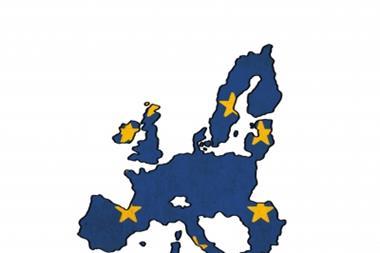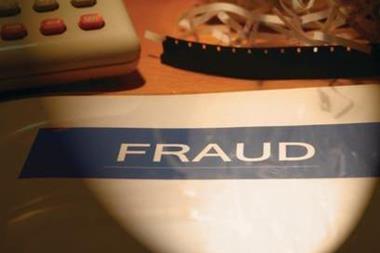EU Commission considers five options to shape the future of the regime

Ideas on how to ensure a simpler, more effective and more fraud-proof VAT system tailored to the single market in the EU have been outlined in a paper published by the European Commission today. The aim is to create a “definitive VAT regime”, to replace the temporary and out-dated VAT system that has been in place in the EU for more than two decades. The future VAT regime should better meet the needs of businesses in the single market and be less susceptible to fraud than today’s system is. The Commission services document, which follows extensive consultations with member states and stakeholders, sets out five options for shaping the future VAT regime.
When the single market was set up in 1992, the plan was to create a VAT system for intra-EU trade that would reflect the way goods were taxed at national level, thereby supporting the concept of a genuine borderless union. However, politically and technically, it was not possible at that time to create an EU VAT system that mirrored national tax practices (that is, taxation at origin). Therefore, a transitional regime was established, until a permanent VAT structure, based on taxation at origin, could be agreed. This regime – which is still in place more than 20 years later – exempts cross-border supplies of goods from VAT in the EU, while taxing intra-EU purchases in the member state of acquisition. However, such a system has proven to be prone to fraud and highly complicated for cross-border businesses. Therefore, developing a new definitive VAT regime, which is suited to the modern economy and favourable to intra-EU trade, is a high priority by the Commission.
After much political and technical consultation, it has appeared that an origin-based system is not achievable and the consensus is that any definitive regime must be based on the principle of destination, that is, VAT is due at the point of destination of the goods. However, there are many ways in which this can be designed and implemented for B2B supplies of goods. The document published today sets out what the Commission considers to be five feasible options. These are:
- The supplier would be responsible for charging and paying the VAT , and supplies would be taxed according to where the goods are delivered
- The supplier would be responsible for charging and paying the VAT , and supplies would be taxed according to where the customer is established
- The customer – rather than the supplier – would be liable for the VAT, and taxation would take place where that customer is based (Reverse Charge)
- The customer – rather than the supplier – would be liable for the VAT, and taxation would take place where the goods are delivered
- The status quo would be maintained, with some modifications
The document also gives a brief explanation of the options. The Commission is now undertaking an in-depth assessment to determine the impact of each of the options for businesses and for member states. On the basis of its findings, it will present the possible way forward in spring 2015.




















No comments yet